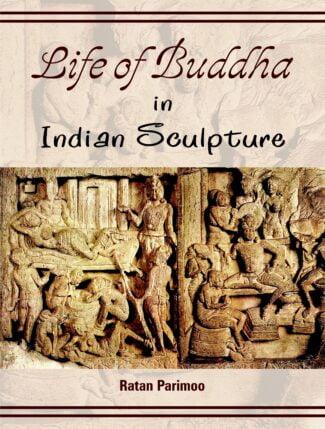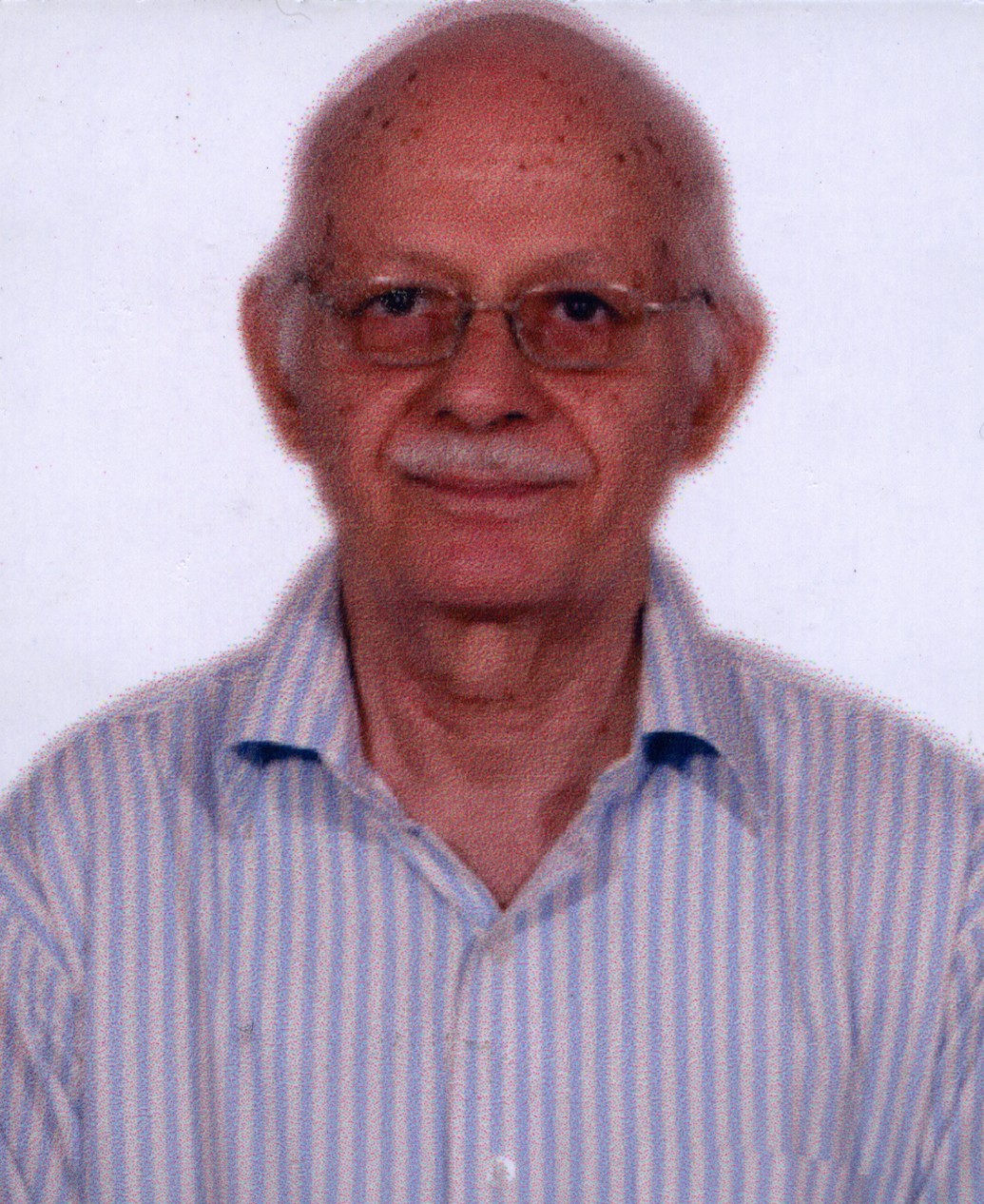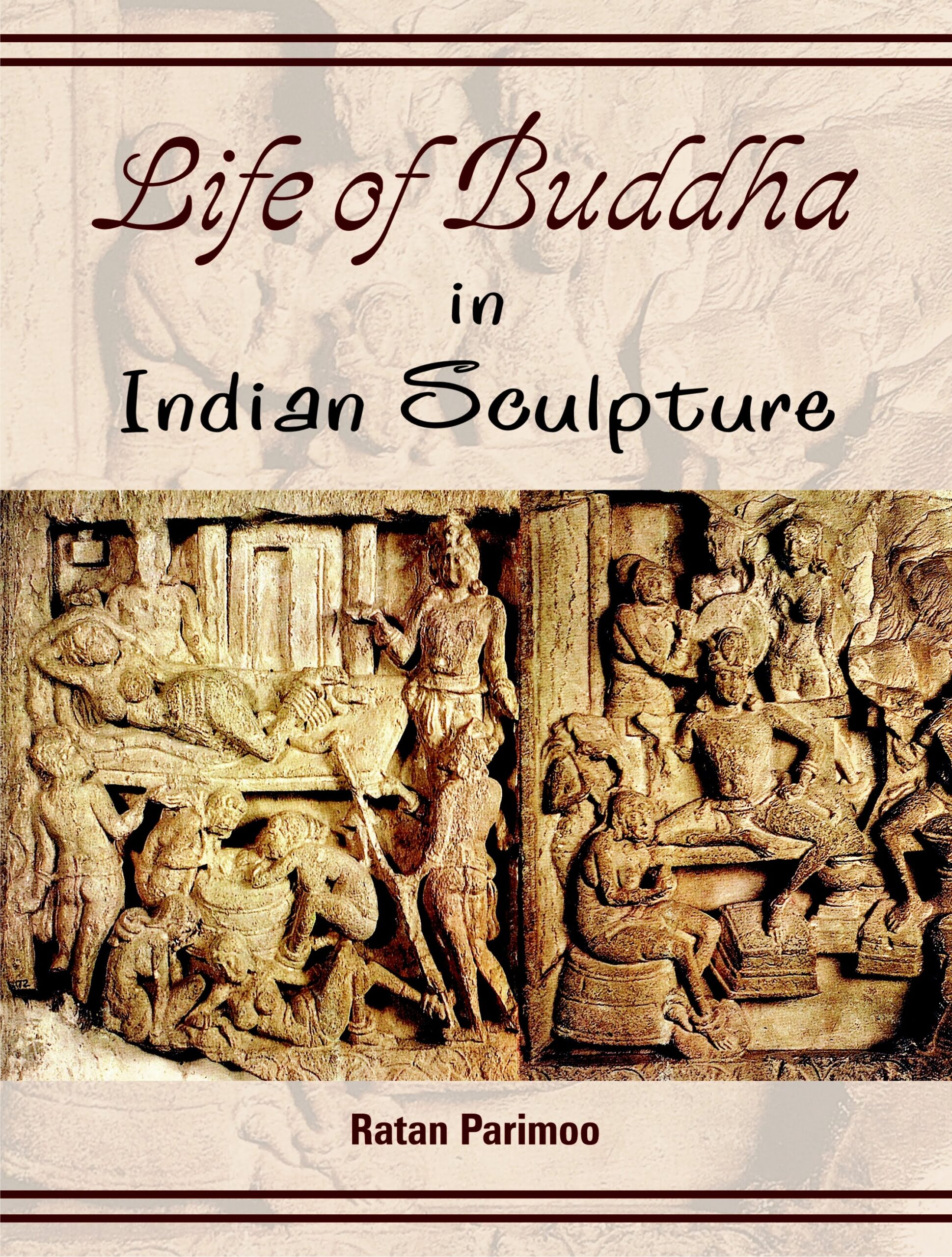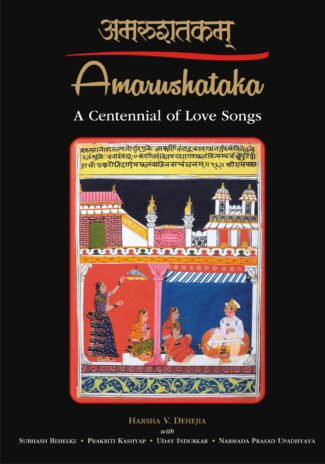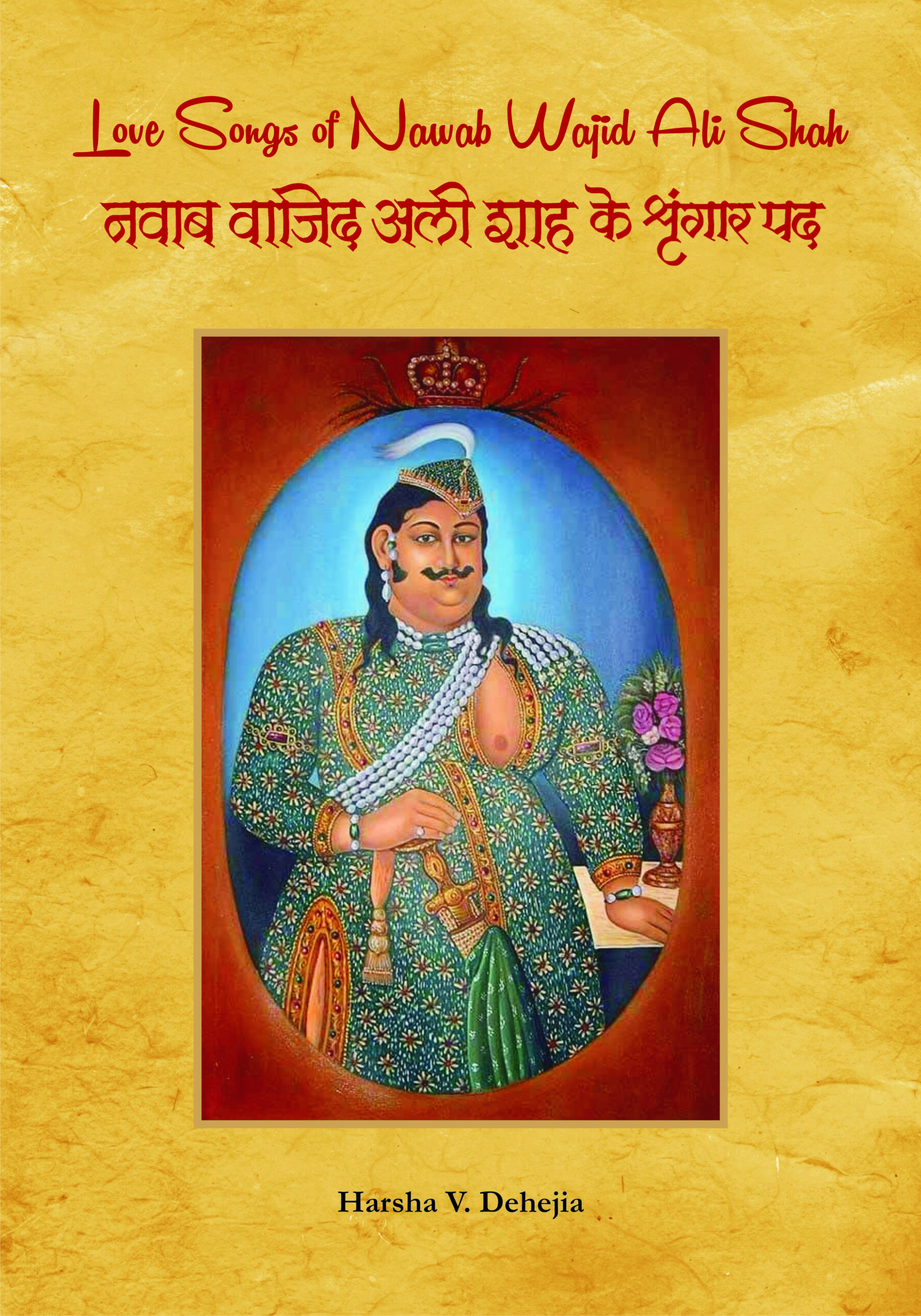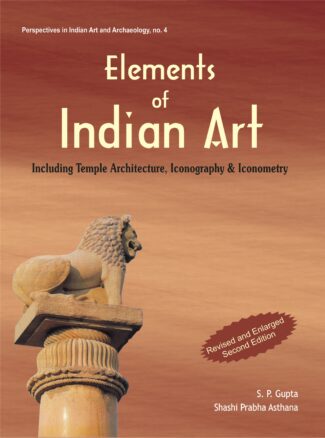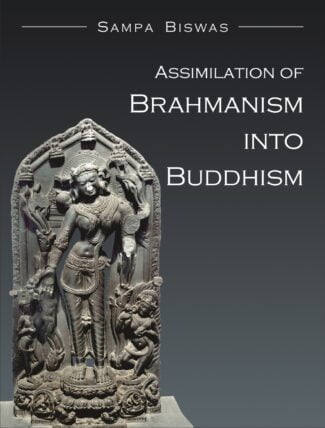

Life of Buddha in In...
Life of Buddha in Indian Sculptures (Asta-Maha-Pratiharya)
An Iconological Analysis by: Ratan ParimooThe book traces the beginning of narrative compositions in reliefs depicting the life of the Buddha and analyzes these sculptural depictions of events relating them to biographical texts on him. Supported by over 210 illustrations including drawings and photographs, the work reveals the process of symbolization in visual forms and participation of the sculptors in the process.
Original price was: ₹2,250.00.₹2,025.00Current price is: ₹2,025.00.
ISBN: 9788124605523
Year Of Publication: 2010
Edition: 1st
Pages : xvii, 381
Bibliographic Details : 2 Maps; 184 b/w photographs; 26 col. plates; Bibliography; Glossary
Language : English
Binding : Hardcover
Publisher: D.K. Printworld Pvt. Ltd.
Size: 25
Weight: 1200
The life of the Buddha has been a great source of perennial inspiration to scholars, artists and poets since the early times. Many events from the life of the Buddha have inspired some of the greatest relief compositions in Indian art, which have been depicted in sculptures and monuments.
Tracing the beginning of narrative compositions in reliefs delineating the life of the Buddha, the book analyzes these sculptural depictions of events in the context of several biographical texts on him. The episodes represent the Buddhas birth, enlightenment, first sermon and miracle at Shravasti, descent from Tuùita heaven, subduing of Nalagiri, culminating with mahaparinirvana. The book explores how some of Buddhas basic teachings are linked with certain specific episodes of his life. It highlights the difference between representations of the same events by artists at various periods and places and the differences between the textual description and its sculptural counterpart. It also undertakes a survey of the inspiration provided by the theme of the Buddhas life to devotees and artists in other Asian countries as revealed in their iconography and sculpture.
Supported by over 210 illustrations including drawings and photographs, it reveals the process of symbolization in visual forms and participation of the sculptors in the process. It shows that the sculptural reliefs provide a fascinating insight into the creative mind of the Indian artist: how he invented visual devices and integrated them into the formal structure and the story content and imparted meanings in each sculptural relief. The volume will be essential reading for students and scholars of art history and Buddhist art in particular.
Foreword by C. Sivaramamurti
Preface to Enlarged Edition
Preface to the First Edition
Introduction
1. Sacred Biography and Buddhist Hagiographical Texts
Apadana
Co-relation between Buddhas Life Events and Major Teachings
Buddha-Vacana
A Further Note on the Buddhist Texts
Relic Worship, Hagiography and the Role of Social Agencies: The Case of Bharhut Stupa
2. Four Main Events
Birth
Enlightenment
Dharmacakra-pravartana (First Sermon)
Mahaparinirvana
Digression on Buddha Image
3. On the Origin of Buddha Image: The Indian Perspective
Early Textual References to the Buddhas Human Image
Mathura Text Version
Propositions from Epigraphic Records
Mathura, Kausambi, Sarnath
Buddha image on Coins
Kaya concept
The Exaggerated Notion of GrecoRoman Influence
Fouchers Fallacious Theory
Coomaraswamys Thesis
Stella Kramrischs Conceptualization on Mahapurusha Lakshanas
Griswolds Manifestation of the Monks Garment
Conclusion
4. Secondary Group of Events
Miracle at Shravasti
Descent from Tushita Heaven
Subduing of Nalagiri
Monkey offering Honey Bowl to the Buddha
5. Sequences and Grouping of Events
Narrative reliefs from Sannati (Karnataka)
6. Pala Stelae
Pala Stelae of Bhumisparsa Buddha
Ashta-maha-pratiharya, Bronze, Pala, Tenth Century, National Museum Pala Stelae of Bhumisparsha (Akshyobhya)
7. Mahabhinishkramana
8. Buddhas Teachings Linked with Episodes of Enlightenment, First Sermon and Miracle at Shravasti
Concepts Associated with the Event of Buddhas Enlightenment (Sambodhi): Paticcasamuppada
The Concept Associated with the First Sermon Dharmacakra Pravartana, at Sarnath Four Noble Truths
Exposition of Abhidhamma in Tushita Heaven with Reference to Miracle at Shravasti
Classes of the Types of Consciousness
Yogavacara (Yogi)
9. Aftermaths/Continuity in Neighbouring Countries
Bhumisparsha Buddha in Nepal/Tibet in metal
Bhumisparsha Buddha in Tibetan Thankas
Life of Buddha in Tibet
Tibetan depiction of Pratityasamutpada Dependent Origination, Bhava Cakra
Ancient Pagan
10. Epilogue
Narrativity in the Arts
Narrativity and Theory of Time
Artists as Human Personalities and Skandhas Theory
Navakarmika/Sutradhara
Glossary of Buddhist Terms
List of Illustrations
Plates
Bibliography


